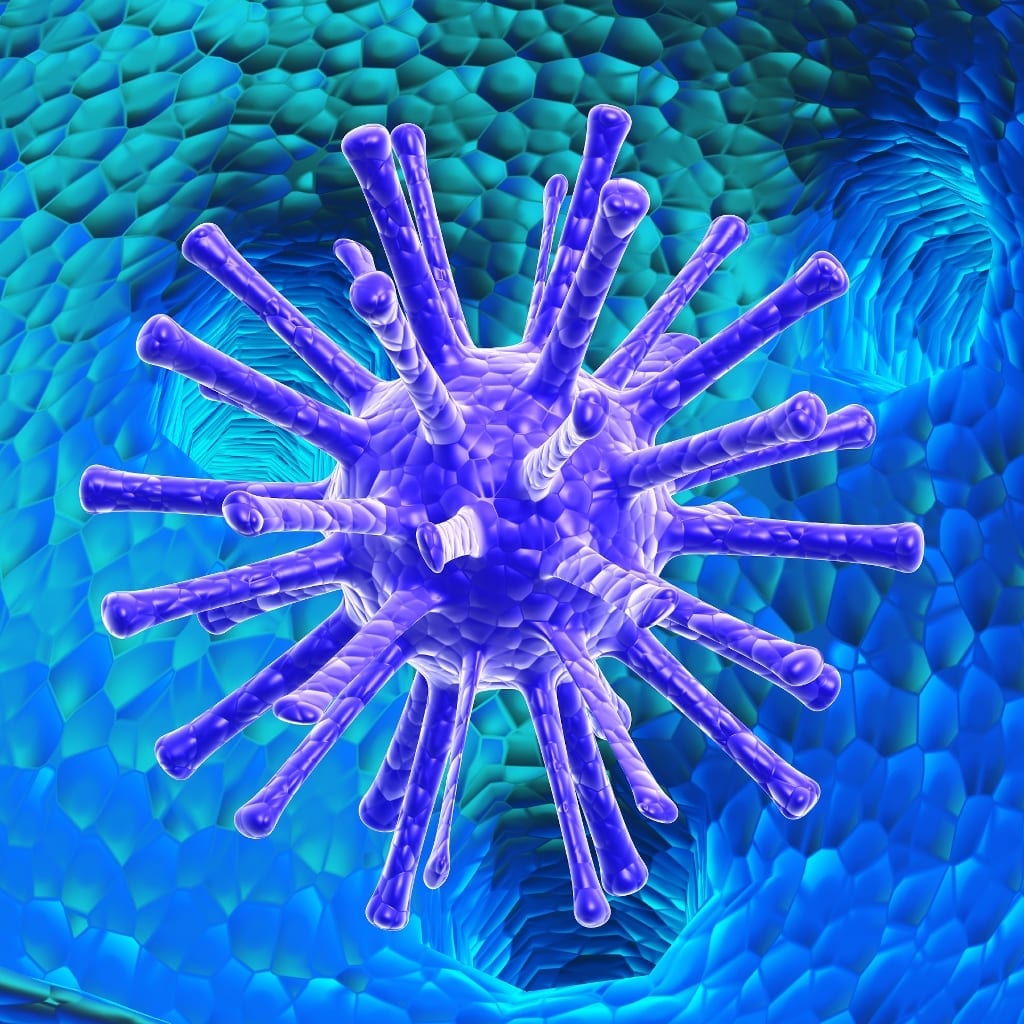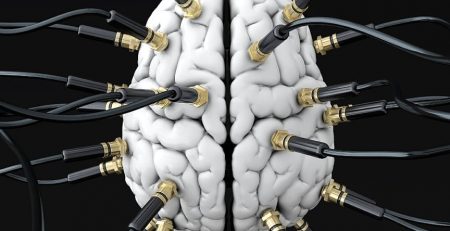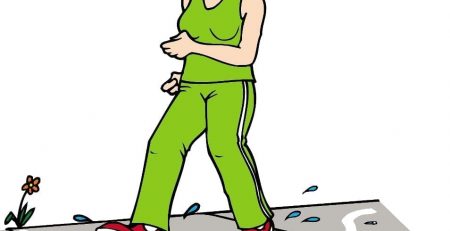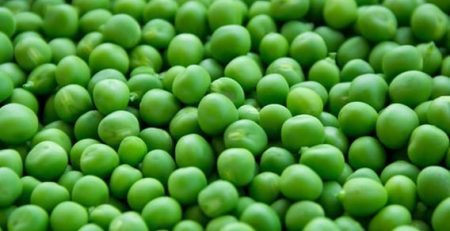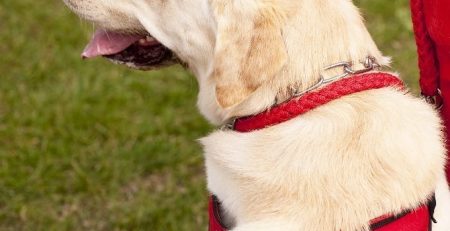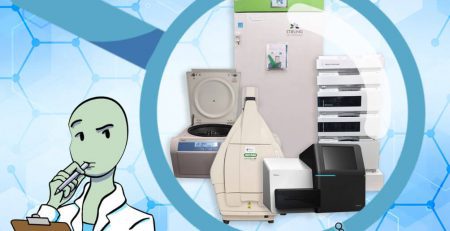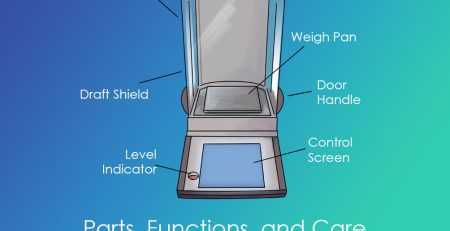Inspired by Nature
A new study published in the Proceedings of the National Academy of Sciences examines how elements of the microbial ecosystem found in the hot springs of Yellowstone could help in the development of nanobots to deliver drugs to cancerous tissue, IFLScience.com reported. The study focuses more specifically on the lemon-shaped Acidanus tailed spindle virus. “We have understood for many years the principles for the construction of cylindrical and spherical viruses, but this is the first time we have really understood how the third class of viruses is put together,” study co-author Martin Lawrence explained in a statement.
This study focused on the transition the Acidianus virus makes “from lemon-shaped into long, thin cylinders when it interacts with host cells via a structrure that Lawrence describes as akin to bricks linked by ropes. This allows the virus to rapidly change shape when necessary.” The team belives if they can understand how this virus changes its shape, “it could inform the development of nanobots that precisely inject drugs into specific sites of delivery.”




